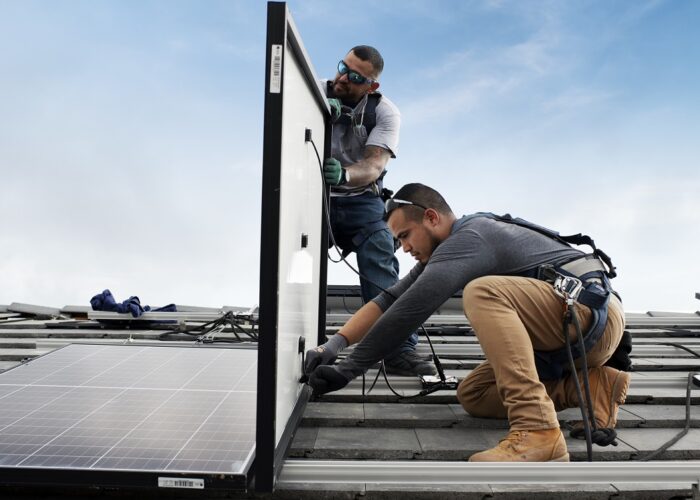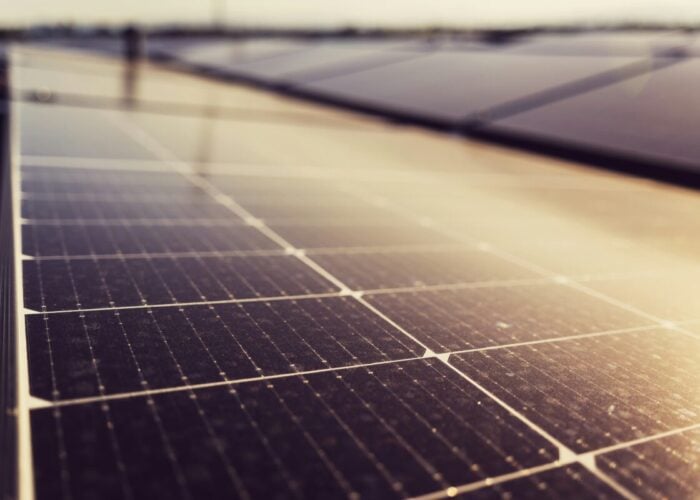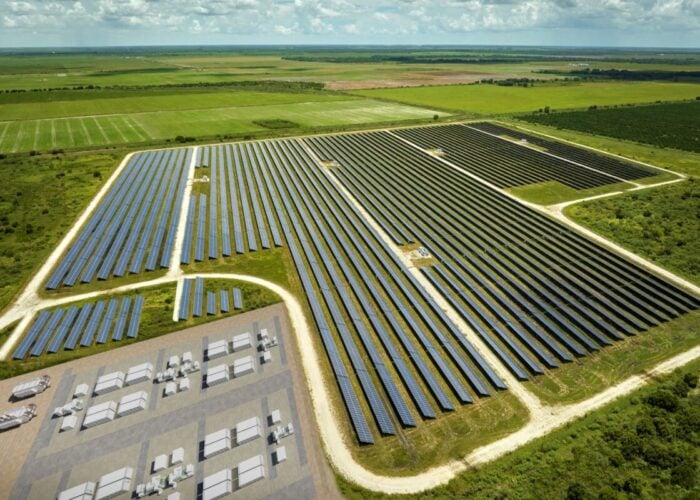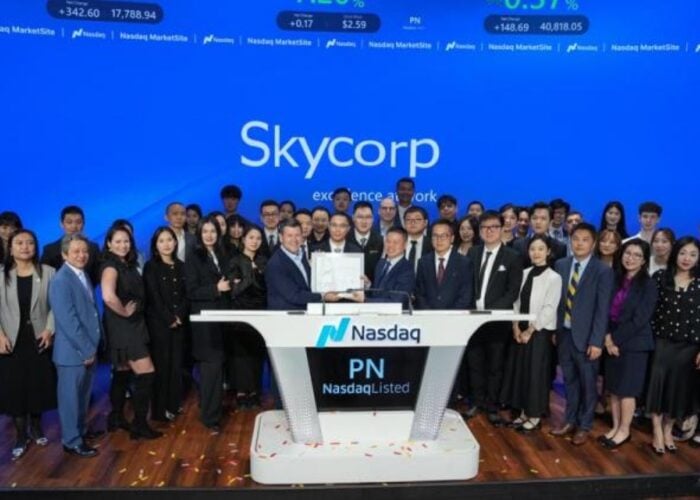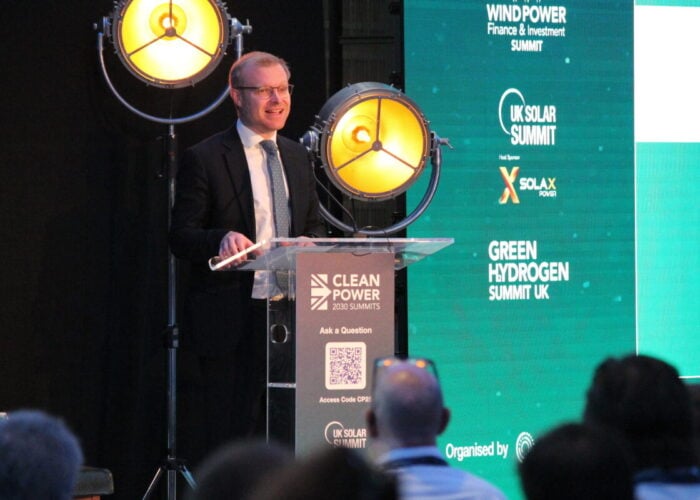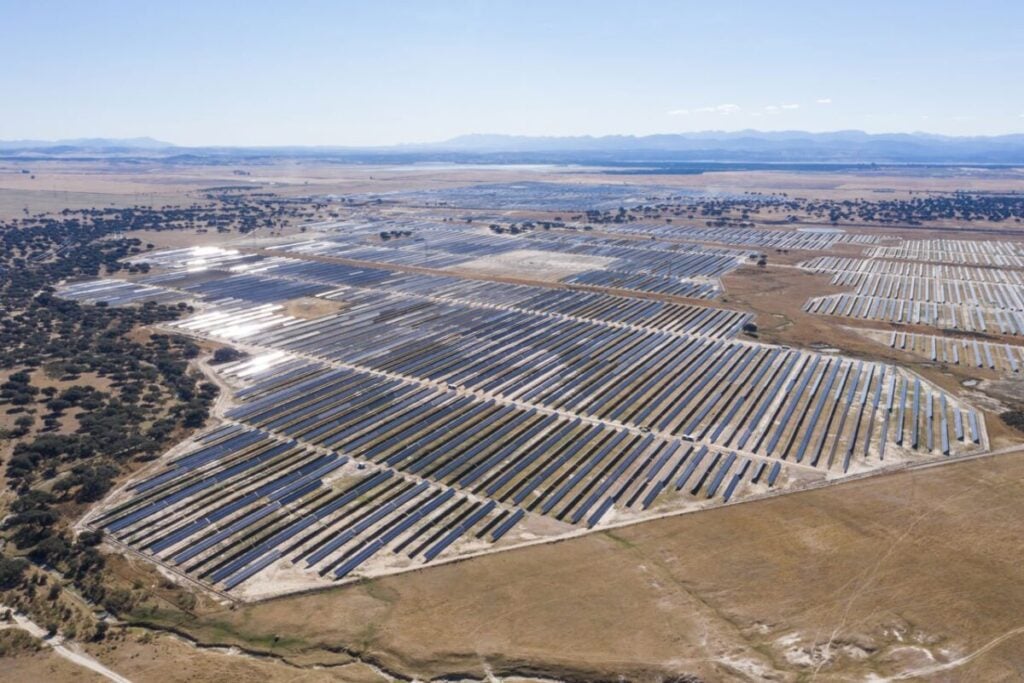
While the involvement of new companies in the solar industry has brought a new generation of financing and interest to the sector, the sudden influx of actors without significant experience could pose risks for solar project financing.
This is especially prevalent in the power purchase agreement (PPA) space, where corporate off-takers are keen to minimise the environmental impacts of their operations by buying power produced by a developer or generator, but are increasingly dealing with actors new to the industry.
Unlock unlimited access for 12 whole months of distinctive global analysis
Photovoltaics International is now included.
- Regular insight and analysis of the industry’s biggest developments
- In-depth interviews with the industry’s leading figures
- Unlimited digital access to the PV Tech Power journal catalogue
- Unlimited digital access to the Photovoltaics International journal catalogue
- Access to more than 1,000 technical papers
- Discounts on Solar Media’s portfolio of events, in-person and virtual
“We’re definitely moving from the initial phase of PPAs, which has been going on for five or ten years depending on how you count, where this was a procurement tool that was associated mainly with the 0.1% of global corporates, the biggest companies in the world [including] the very big tech companies and some enormous industrials,” explains Anders Engtoft Meldgaard, co-founder and chief commercial officer of Reel, a Danish energy company that works to connect energy producers to off-takers.
“Those are still very much using the tool, but we definitely have now moved into the space where a wider array of corporates … build roadmaps and strategies that say that they want to sign them as part of their journey to become net zero, typically by 2030.”
Disruption in the corporate PPA space
There are a number of risk factors present for companies keen to produce, or acquire power. Some of these financial risks stem from broader trends, such as political disruption, whereas others are tied to the specific components of the solar sector, such as the growing risk of hailstorms battering increasingly large solar panels. The combination of these risks can make projects unattractive investments, and demand innovative solutions to ensure projects are built, and power demands are met.
When companies come together to sign a PPA, there is plenty that they can do to minimise risk. “Generators can reduce the risk by working with experienced and financially stable counterparties,” suggests John Puddephatt, head of long-term PPA origination at independent power producer (IPP) Statkraft.
“To date corporate PPAs work fairly well—I’m not aware of any corporate counterparty bankruptcy in the UK—and so once the project has achieved commercial operation date many of the risks are reduced,” says Puddephatt, suggesting that corporate PPAs have quickly become a key part of the global energy sector. However, the speed with which PPAs have become so commonplace means there could still be space for innovation in PPA structure and focus.
Engtoft Meldgaard also suggests that this work has become more sophisticated over time, as corporates with different needs and priorities have entered the PPA space.
“We’re obviously working with, you could say, PPA optimisation, which is slicing and dicing the PPAs so they fit the individual corporate much better,” says Engtoft Meldgaard. “We see that as a one of the main things we need to do to actually minimise some of the risks associated with PPAs.”
Many of the examples of more innovative PPA structures signed in recent years have strong collaborative aspects. Arrangements that enable actors to share price volatility risk amongst themselves, minimising the risk carried by an individual company, inherently involves cooperation between the partners; and the rapid growth in the number of companies signing PPAs means there will be greater interest than ever, from a range of industries, in minimising risk in these deals.
“Many solar developers have portfolios in development and so can provide two to three of their projects in order to get to the corporate’s required output,” adds Puddephatt. “Solar can also be more nimble in that many developers don’t need project finance so much allowing them to progress more quickly.”
“The appetite is still very high,” Puddephatt continues. “Off-takers, such as Statkraft, want to buy power to trade, corporates want to buy so that they have a price hedge and positive PR and generators want to build knowing that there is great interest from buyers once the projects are fully operational and their contracts for difference (CfDs) or corporate PPAs have been completed and they can then decide whether to sell or hold.”
Opportunities for solar
“It’s how do we—the global ‘we’—create the right frameworks and think about these opportunities and the risks associated with them, both from a physical chemistry perspective, a regulatory perspective [and] a revenue perspective, to get, essentially, the investor community comfortable with everything that we’re doing,” explains Jason Kaminsky CEO at kWh Analytics, a company that has worked extensively in the PPA space.
Kaminsky suggests that, while risk is inherent in projects of this size and scope, there is great opportunity to reform and update financial best practice amid the world’s changing energy mix.
“Solar should be easier than onshore and offshore wind, [though is] not easy, of course, as the construction timeframes are shorter, there is less scope for big delays and the outputs from projects are typically much lower,” says Puddephatt, suggesting that of all the forms of renewable power generation, solar may be the best-placed to reliably deliver electricity to off-takers at fair prices.
“It’s a bigger thing in solar, mainly because solar development is accelerating much faster, relative to wind, in most countries,” agrees Engtoft Meldgaard. “In Denmark, for sure, the process and act of getting a solar plant built is much easier than getting an onshore or offshore wind turbine, so there are simply just more solar projects going live than wind projects.”
However, Puddephatt also notes that many PPAs have an almost competitive element, as arrangements between corporate financiers and project developers and managers resemble tugs-of-war, with each side eager to account for as little risk as possible.
“Corporates wants to push as much of the risk onto the generator as possible, such as a market-to-market passthrough if the project is late and doesn’t meet required commissioning data and the corporate has to buy power in the market to cover the shortfall,” Puddephatt explains. “But a generator can only accept so many of these risks, particularly if they are project financed and their funders can only accept certain liabilities.”
Changing risk landscape
“There are different kinds of risks than probably we were wrestling with 17 years ago,” says Kaminsky. His company has worked extensively in the solar insurance space—Kaminsky spoke to PV Tech earlier this year about the vital role data has to play in its work—and its CEO notes that the increased appetite for new solar projects means a lot of new players in the sector, who may be unfamiliar with some of the risks associated with solar project finance.
“To some extent, yes,” agrees Engtoft Meldgaard, when asked about this risk. “We’ve done an enormous amount of work in terms of simplifying PPAs down to the actual legal agreements that you’re signing, leaving out a lot of legalities, or [providing] a more off-the-shelf product.
“You can’t expect the average business manager, or procurement manager, or your CFO to know this space. All the big companies of the world have enormous budgets to have procurement specialists, lawyers [and] consultants that help them source these deals, but as part of the transition of making PPAs more into normal electricity agreements, essentially, you need to standardise and you need to simplify.”
The risk landscape is muddied further by the sheer range of factors that can affect the operation of a solar project, and thus the risk associated with its function and financing. Unexpected political change can have a significant impact on the energy market as a whole, from the invasion of Ukraine, from which the power sector is still reeling, to more recent elections across Europe, that contributed to significant uncertainty in the European political space, according to LevelTen Energy.
Pulling the trigger
Perhaps, most fundamentally, there needs to be a change in the perception of what constitutes an ‘acceptable’ level of risk, considering the unprecedented growth and increasing complexity of the solar PPA space. Earlier this year, speakers at Solar Media’s Renewable Energy Revenues Summit noted that investors with a greater appetite for risk could benefit in this uncertain environment, and Engtoft Meldgaard suggests that the energy industry has always dealt in risk, even by other names.
“‘Speculation’ is what the typical CFO would say to me, that we’re speculating in the power price,” says Engtoft Meldgaard. “And what I think most of them psychologically fail to realise is that they’re already speculating today, if they’re buying on the wholesale market at the hourly stock price.”
Ultimately, he suggests that some of this risk is inherent to the trading of energy, and that corporates that are more willing to take decision action, and sign deals, are likely to benefit in the long-term.
“There’s this tendency to keep waiting, keep waiting, keep waiting, because what if [the power price] decreases €5 more or so on?’ explains Engtoft Meldgaard. “We obviously understand where that energy is coming from, and I think it’s kind of human nature, but we also see a lot of deals going nowhere because that happens, and I think we work with some corporates that are much more willing to pull the trigger [and] from a more systemic analysis say ‘we’re actually happy with this price’.”


